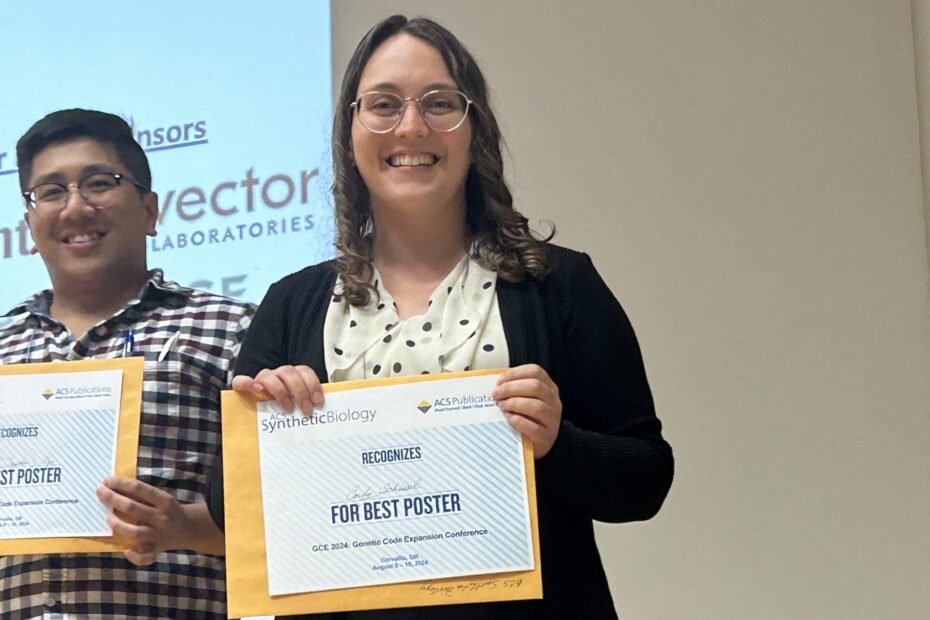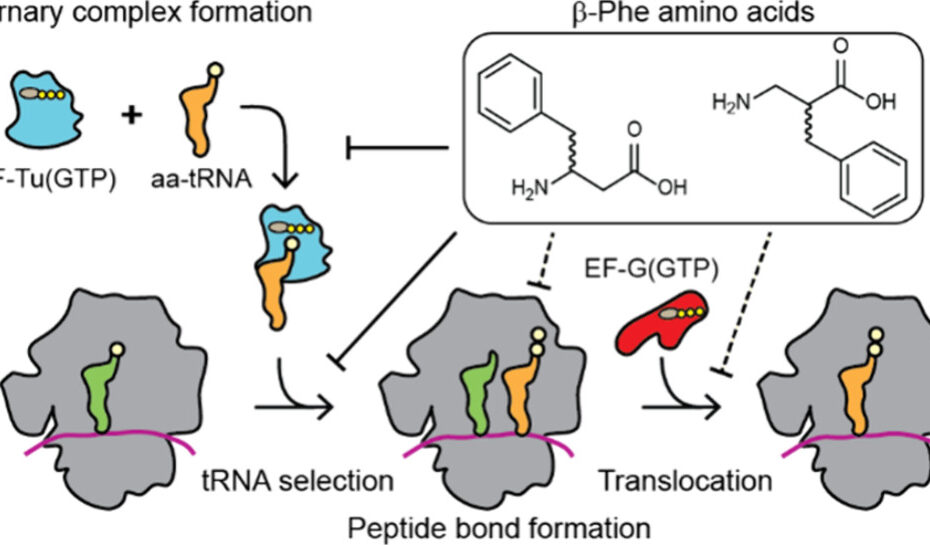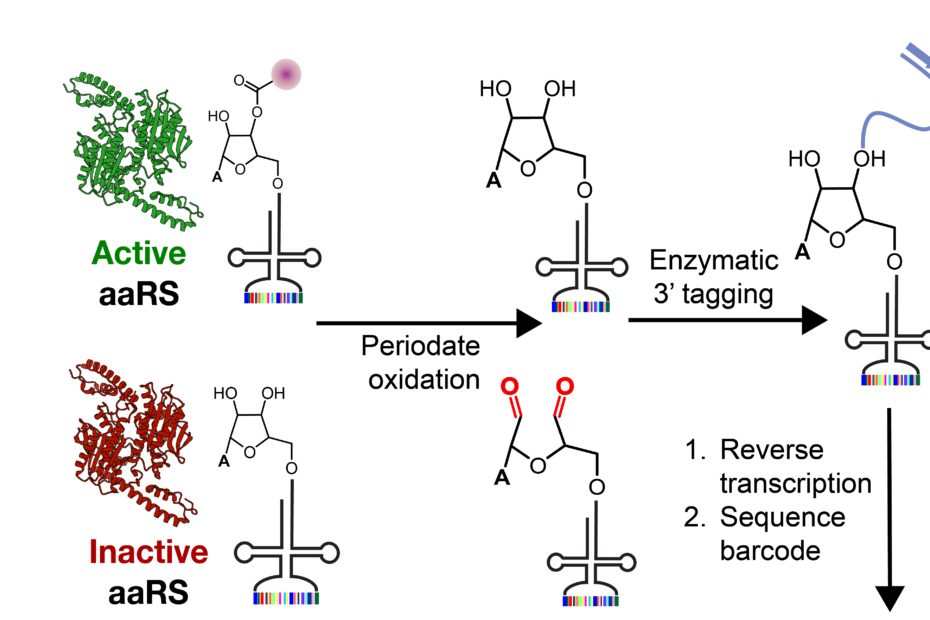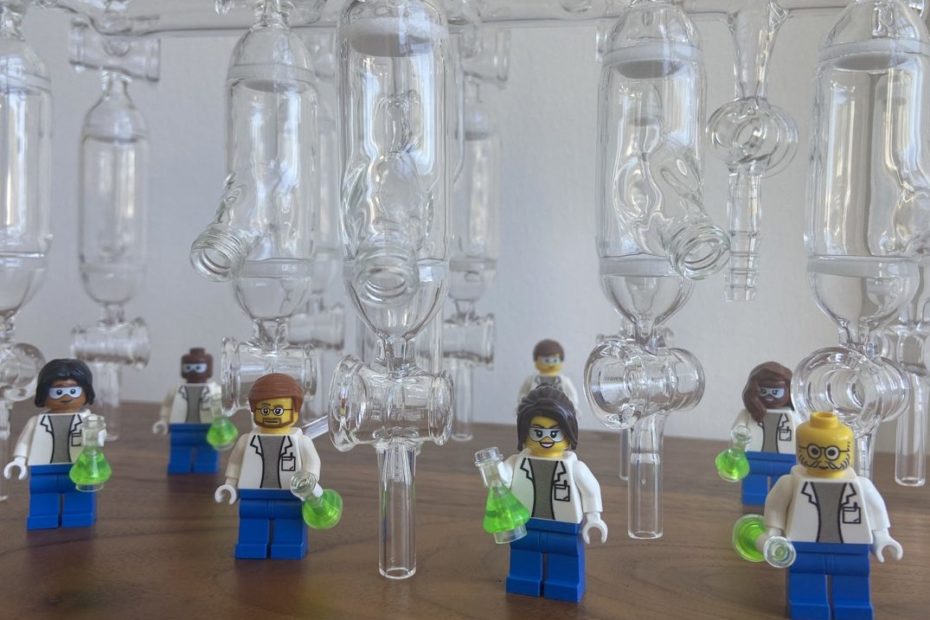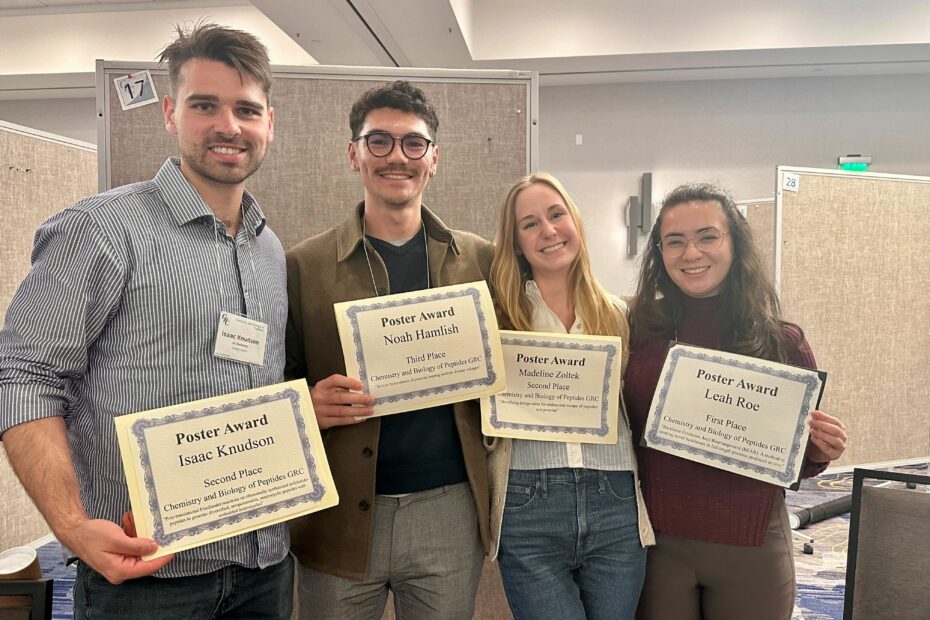Carly Schissel wins poster prize at GCE Conference
Congratulations to Schepartz Lab postdoc Carly Schissel who was awarded a “Best Poster” award at the 2024 Genetic Code Expansion Conference last weekend in Corvallis, Oregon. Well-deserved! Featured image credit: Justin Smith, University Marketing, Oregon State University
